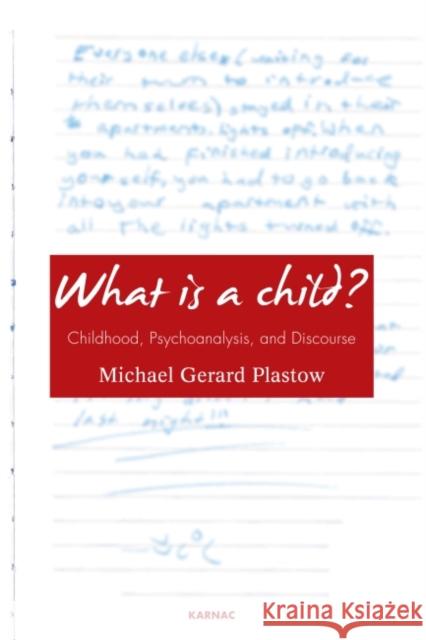What Is a Child?: Childhood, Psychoanalysis, and Discourse » książka
What Is a Child?: Childhood, Psychoanalysis, and Discourse
ISBN-13: 9781780490557 / Angielski / Miękka / 2014 / 250 str.
What Is a Child?: Childhood, Psychoanalysis, and Discourse
ISBN-13: 9781780490557 / Angielski / Miękka / 2014 / 250 str.
(netto: 162,34 VAT: 5%)
Najniższa cena z 30 dni: 170,79 zł
ok. 16-18 dni roboczych.
Darmowa dostawa!
What is a child? For Freud, the child was never a category or concept of any theoretical value. Instead he proposed the notion of the infantile as a time outside of history. Thus there are different notions of time and history at play in the psychoanalysis of a child, as well as in the history of the field itself. In clinical practice, in society, and in law, however, childhood is defined in reference to age and development.
Within psychoanalysis there has been a confusion of childhood as construed through the retrospective memories of adults, with the child who is observed and educated. This conflation marked the early history of psychoanalysis of the child, a field which began as a family affair. It was Hermine Hug-Hellmuth who first declared that it was impossible for anyone to analyze his own child. This foundational statement also enabled her to theorize the place of the parents in the analysis of the child.
Our modern notion of the child emerged historically since the decline of the Middle Ages and through the Enlightenment. The child became a subject of Church and State, coinciding with a new repression of sexuality and death in childhood. This produced an idealized notion of the child to which Freud referred as -His Majesty the baby-. Despite this, the emergence of the modern notion of the child made possible Freud's discovery of infantile sexuality and of the unconscious.
Each child must also uncover his or her own sexuality and find a means to appropriate it in order to come to the place of subject, in the necessary detachment from parental authority. To do so is not, as is usually asserted, a process of continuous development. Rather, it is an act of destruction in which the subject must break the mold in which he or she has been conceived.











